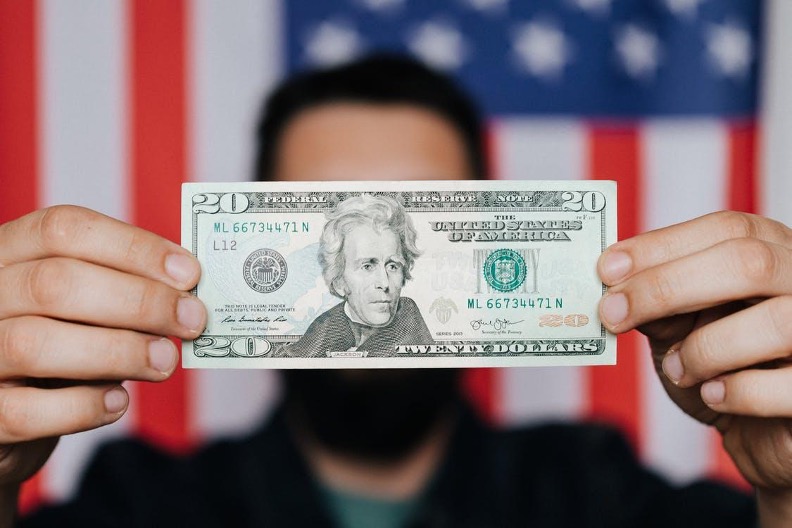In January 2021, the U.S. Treasury formally opened the Paycheck Protection Program (PPP) loans worth $284 billion. It aimed to help small businesses that faced hardships due to the COVID-19 pandemic. 2021 was the second iteration of the program, whose first-round received some criticism.
The funding for the second round ran out in May 2021. However, many small businesses are still confused about forgiveness application, payback terms, and more.
Read on to learn more about the second round of PPP loans and alternatives to the program.
Understanding PPP Loans
Called forgivable loans, PPP loans do not have to be repaid as long as you meet the criteria established by the Small Business Administration. These loans come with a one percent interest rate and a maturity date of five years. Aside from that, they do not require collateral nor fees.
However, borrowers have to spend 60 percent or more on payroll and the rest on other operating expenses. It’s also worth noting that those who borrowed during the first round already had their loans forgiven.
Round One vs. Round Two
Despite this, the first rounds of PPP loans received much scrutiny and backlash. People disapproved that millions of bucks went to big businesses, while minority-owned businesses did not benefit as much. Since then, guidance on the taxation of these loans has also been clarified.
As a result, round two wanted to focus on small businesses, which is why it prioritized those who did not get a PPP loan the first time around. Loans were capped at $2 million, a fifth of the initial max of $10 million.
Eligibility For PPP Loans
According to SBA, the following businesses meet the eligibility criteria:
- Small businesses meeting the size standards of the SBA
- Sole proprietors, self-employed persons, and independent contractors
- Businesses with a NAICS Code beginning with 72 and at least two physical locations employing less than 500 people each
- Businesses, non-profit organizations, veterans organizations, or tribal business concerns with less than 500 employees or that meet the SBA industry size standard if over that figure.
- Businesses that failed to obtain a PPP loan during the first round.
The Application Process
The SBA set up a lender match portal that lets borrowers answer a questionnaire and get paired up with an approved lender in only two days. At first, the SBA only lent through small community financial institutions before expanding to all lenders.
It was also important to note that businesses had to prove a revenue drop of 25 percent in any 2020 quarter from any 2019 quarter.
What Alternatives Exist?
The COVID-19 pandemic has genuinely taken a toll on the economy, and small businesses have seen some of the worst damage in this sector. While the Small Business Administration is not planning a new round of PPP loans, other programs can help businesses recoup lost revenue.
Overall, franchisors should not lose hope if they do not benefit from this program. Among other things, it might be worth looking into the Shuttered Venue Operators Grant, COVID-19 Economic Injury Disaster Loans, or Employee Retention Credit programs.
With that said, hopefully, this article has helped you understand the options you have to save your business.
